15 Fascinating Ways Evolution Gave Elephants A Natural Defense Against Cancer

Elephants should get cancer a lot more than they do. With their massive size and long lifespans, these gentle giants have trillions more cells than humans, which should mean more chances for cells to mutate into cancer.
Yet amazingly, less than 5% of elephants die from cancer, compared to up to 25% of humans. This puzzle, known as Peto’s Paradox, has scientists uncovering remarkable evolutionary adaptations.
1. Extra Cancer-Fighting Genes
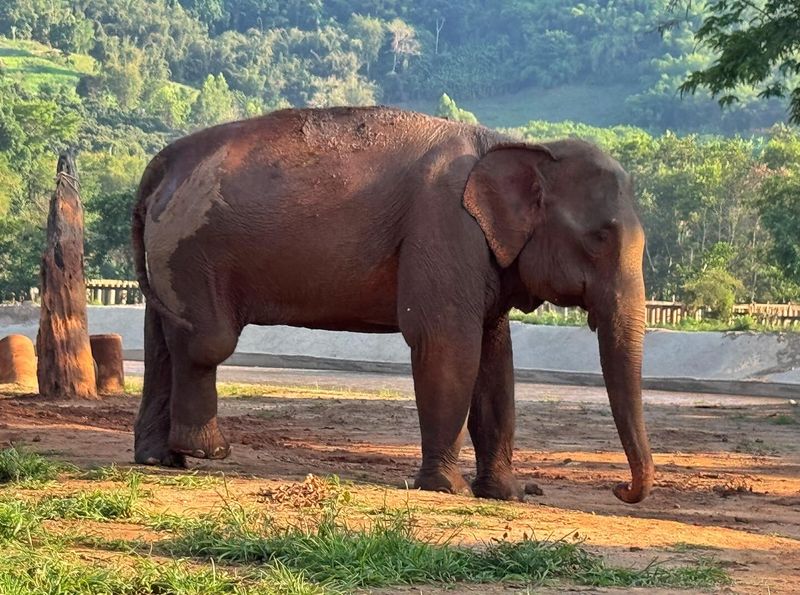
While humans have just one copy of the tumor-suppressing gene p53, elephants boast an impressive 20 copies! This genetic jackpot means they can detect and destroy potentially cancerous cells much more efficiently.
Think of it as having 20 security guards instead of just one watching for troublemakers. These extra genetic guardians work overtime to keep elephants cancer-free throughout their long lives.
2. Zombie Gene Activation
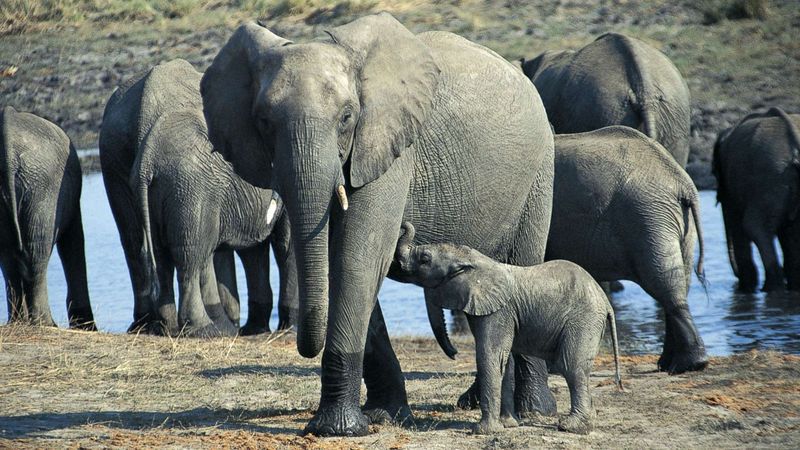
Scientists discovered elephants possess a ‘zombie gene’ called LIF6 that comes back from evolutionary death to help fight cancer. When DNA damage occurs, this gene springs into action, triggering cell death before cancer can develop.
The LIF6 gene essentially tells damaged cells, “Better to sacrifice yourself than risk turning cancerous!” This cellular suicide mission keeps the elephant’s body cancer-free.
3. Cellular Self-Destruction Superpowers

Elephant cells are remarkably patriotic. When DNA damage is detected, they’re much more willing to sacrifice themselves for the greater good through a process called apoptosis – programmed cell death.
Laboratory tests show elephant cells are twice as likely to self-destruct when damaged compared to human cells. This hair-trigger self-destruction system prevents damaged cells from sticking around long enough to become cancerous.
4. Slow And Steady Cell Division
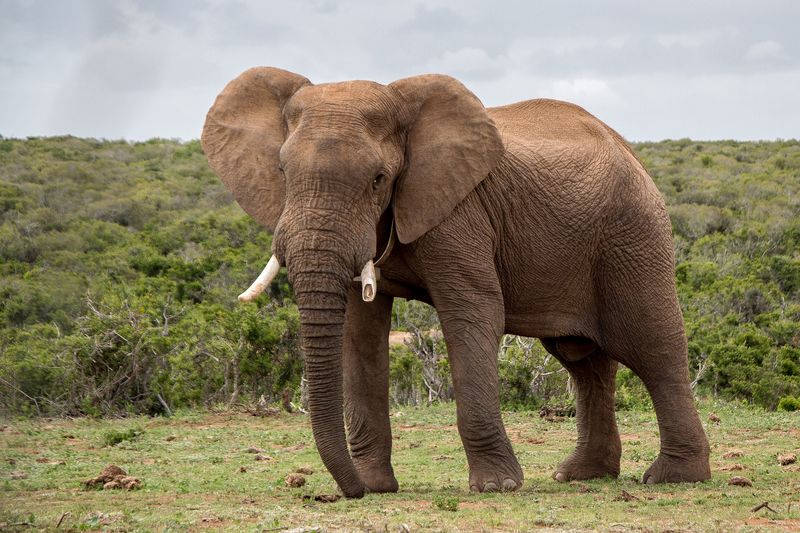
Fast cars crash more often than slow-moving trucks, and something similar happens in biology. Elephant cells divide at a much slower pace than those of smaller mammals, allowing more time for DNA repair.
Fewer copying errors occur because each cell is carefully checked for mistakes before multiplying.
5. Supercharged DNA Repair Mechanisms

Elephant cells contain souped-up repair machinery that fixes DNA damage before it can lead to mutations. Their repair enzymes work faster and more accurately than in other mammals.
Think of it as having Formula 1 pit crews rather than average mechanics fixing your DNA. This enhanced repair capability helps prevent the genetic errors that often trigger cancer development.
6. Cancer-Resistant Stem Cells

Not all stem cells are created equal! Elephant stem cells appear to have additional safeguards that prevent them from going rogue and becoming cancerous.
These special stem cells maintain stricter quality control during division. Since many cancers originate from stem cells gone wild, having stem cells with better built-in safety features provides elephants with crucial protection.
7. Turbo-Charged Immune Surveillance
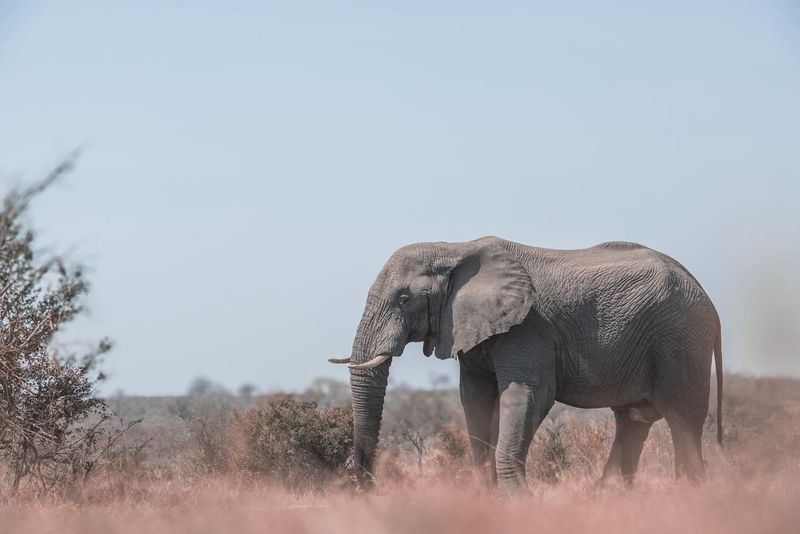
Elephants have highly vigilant natural killer cells that hunt down and destroy cancerous cells. Their immune system excels at identifying and eliminating threats before they multiply.
Constant security sweeps ensure that any cell showing signs of cancer is swiftly destroyed.
8. Specialized Anti-Cancer Proteins
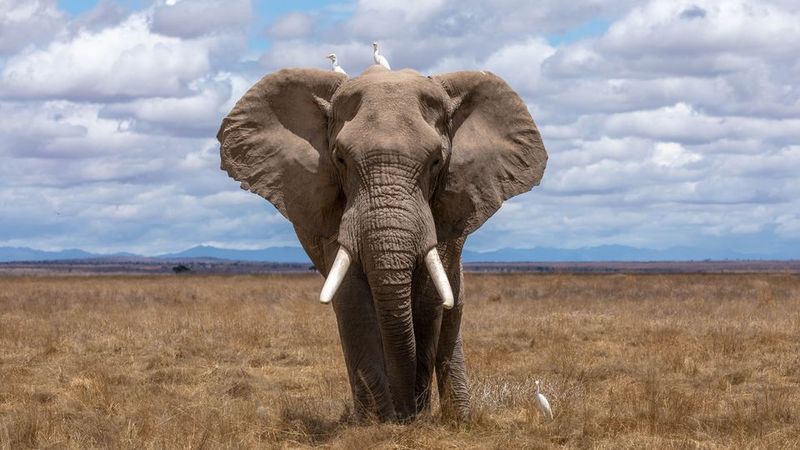
Researchers have identified unique proteins in elephant blood that specifically target and destroy cancer cells. These specialized molecules act like guided missiles, seeking out and eliminating cells showing early signs of becoming cancerous.
Laboratory tests show these elephant-specific proteins can even kill human cancer cells! Scientists hope studying these proteins might lead to new cancer treatments for people.
9. Cellular Stress Resistance

Elephant cells laugh in the face of stress! They’ve evolved exceptional resistance to the kinds of cellular stress that typically damage DNA and trigger cancer in other mammals.
From oxidative damage to radiation exposure, elephant cells maintain their integrity under conditions that would harm human cells. This stress resistance helps prevent the initial DNA damage that often starts the cancer process.
10. Metabolic Magic Tricks
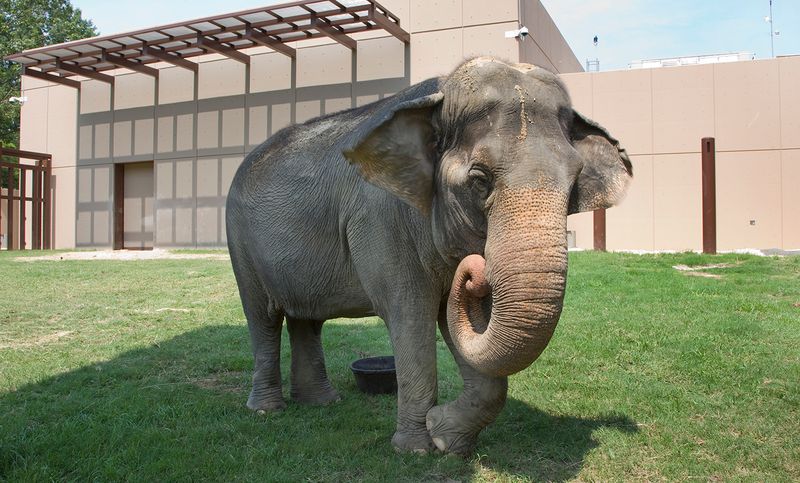
Elephants have evolved metabolic pathways that produce fewer cancer-causing free radicals. Energy is used more efficiently, creating less harmful waste.
Reduced free radical production means fewer chances for cancer-causing mutations in their cells.
11. Telomere Maintenance Mastery
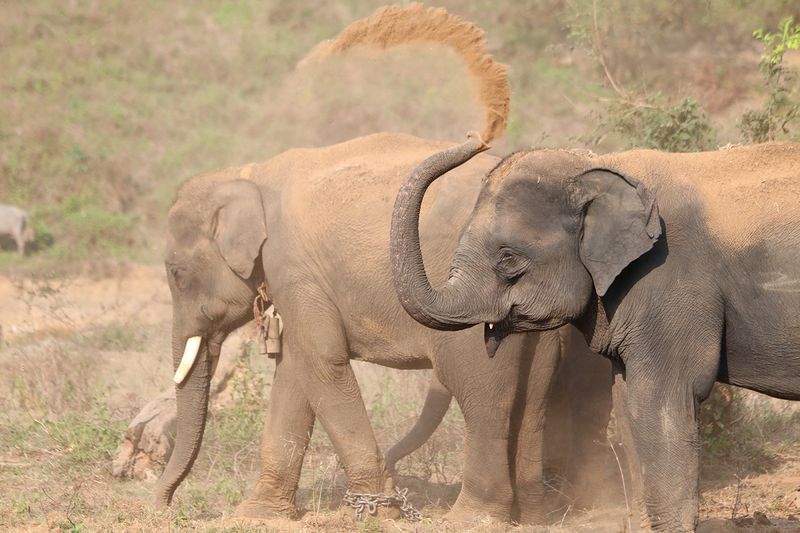
Protective caps on chromosome ends, known as telomeres, shorten with each cell division, leading to cell aging or malfunction. Elephants maintain telomeres differently, striking a balance between stability and longevity.
This unique approach prevents the unchecked telomere extension seen in cancer cells.
12. Anti-Inflammatory Adaptations

Chronic inflammation fuels cancer development. Elephants have evolved sophisticated anti-inflammatory mechanisms that keep tissue inflammation in check, even during injury or infection.
These adaptations prevent the persistent inflammation that can damage DNA and create cancer-friendly environments in tissues. Their bodies quickly resolve inflammatory responses before they can create conditions where cancer thrives.
13. Cellular Senescence Safeguards
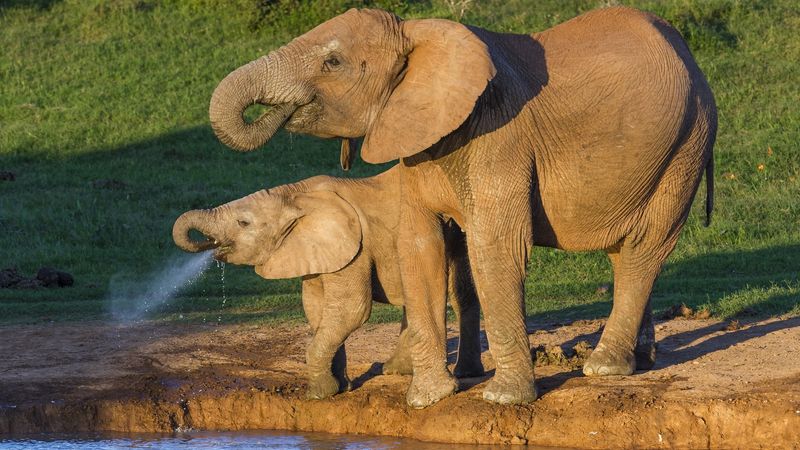
When cells become old or damaged, they enter a state called senescence – they stop dividing but remain metabolically active. Elephants have enhanced systems for managing these potentially problematic senescent cells.
Their bodies either eliminate senescent cells more efficiently or prevent them from creating the cancer-promoting environment they often do in humans. This careful management of cellular retirement helps prevent cancer development.
14. Microbiome Cancer Protection
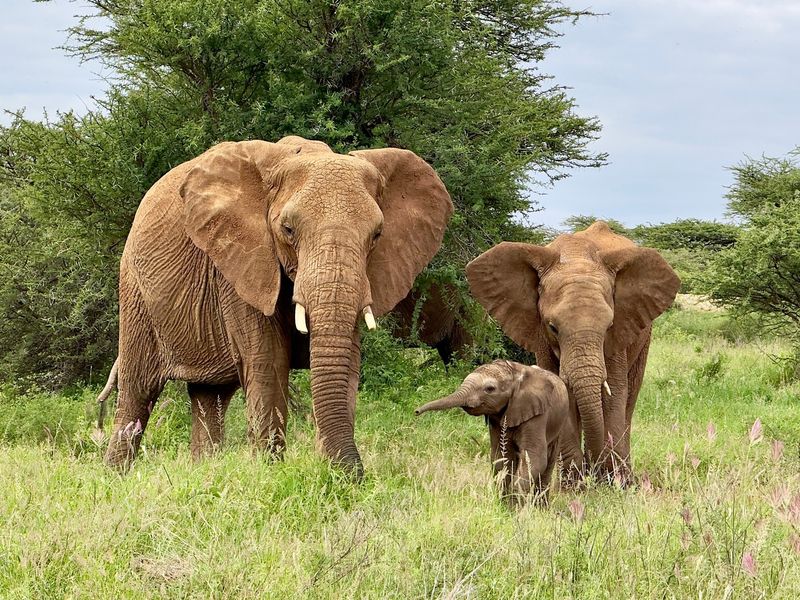
The community of beneficial bacteria living in elephant guts produces unique compounds that appear to have cancer-fighting properties. These microbe-made molecules circulate throughout the elephant’s body, providing additional cancer protection.
Elephants’ plant-heavy diet supports this special microbiome. The relationship between elephants and their gut bacteria has evolved over millions of years to provide mutual benefits, including cancer resistance.
15. Tissue Architecture Superiority
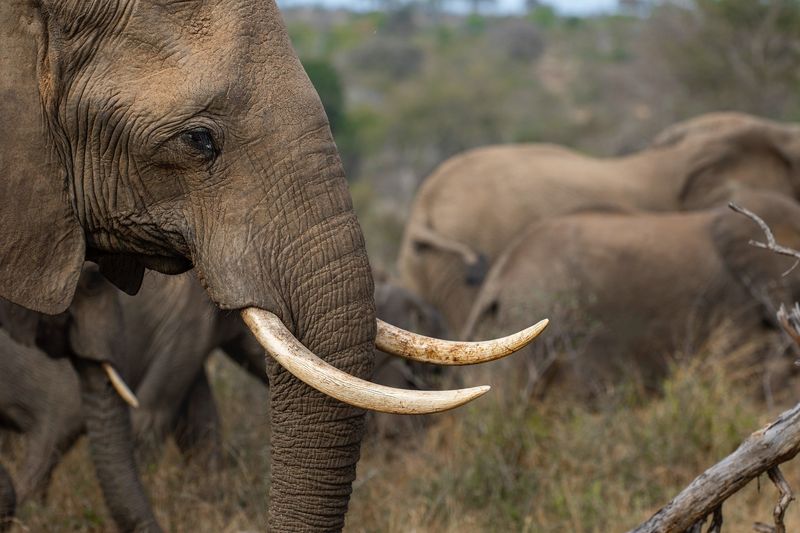
Elephant tissues are built with dense, well-organized structures that restrict tumor growth. This reinforced architecture acts like sturdy walls, making it difficult for cancer cells to spread.
Natural barriers within their bodies create roadblocks to cancer progression.






